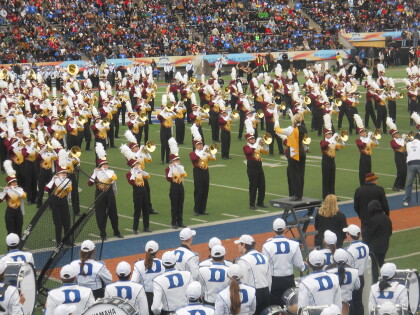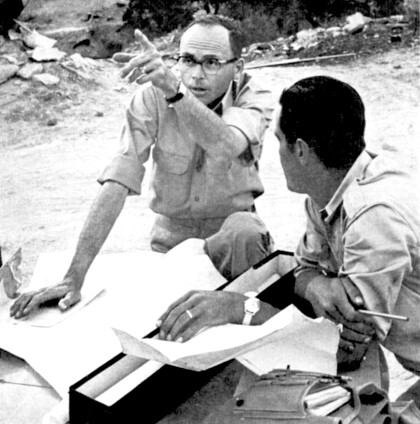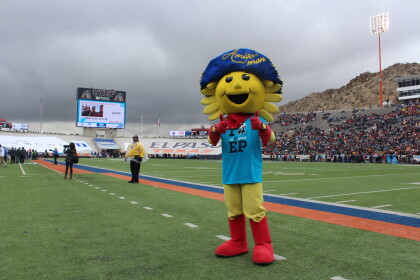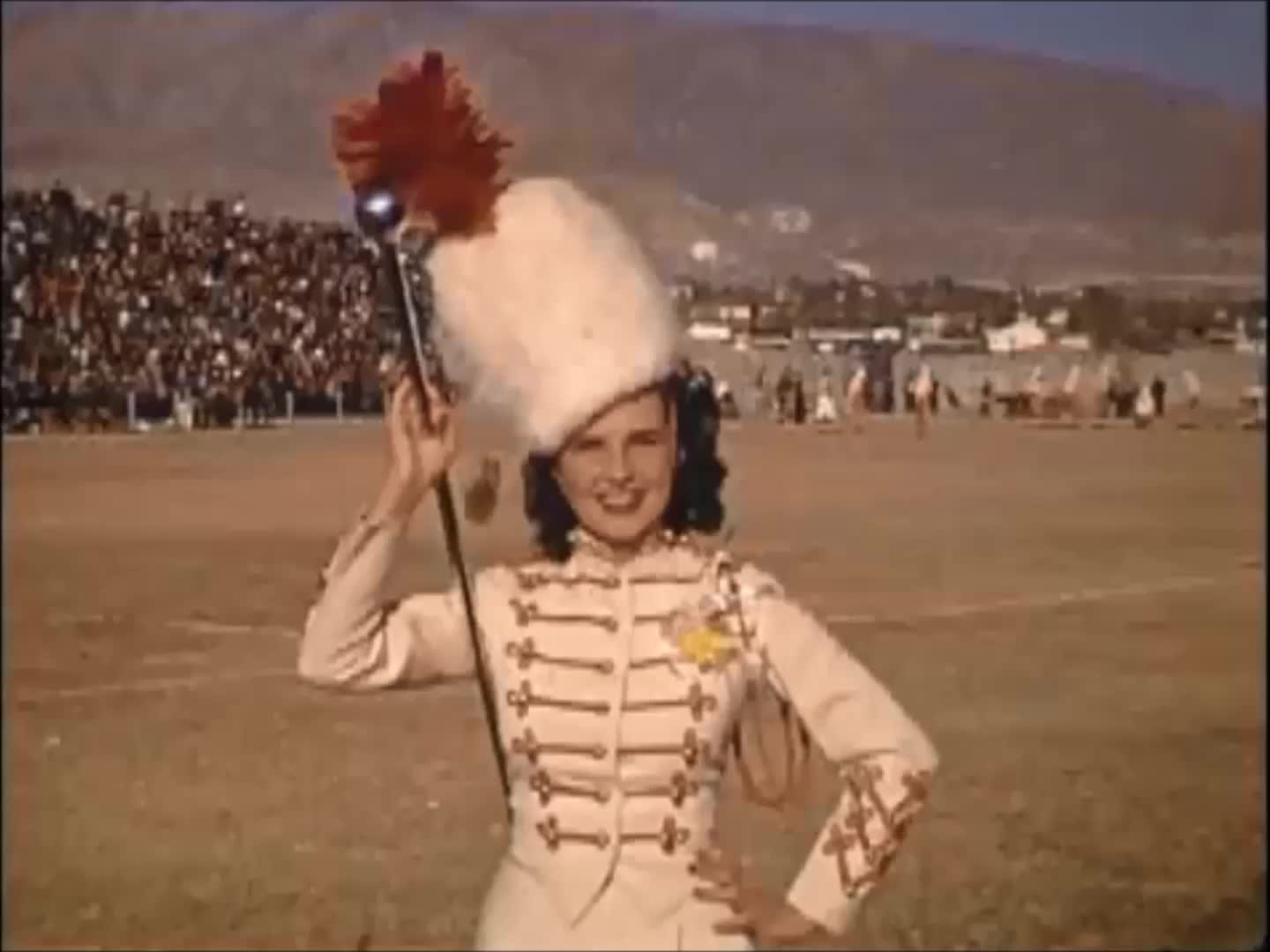Report this entry
More from the same community-collection
Students at The Texas State School of Mines and Metallurgy.
Students walking on campus at The Texas State School of Mines ...
Football - Texas State School of Mines and Metallurgy
Football game at The Texas State School of Mines and Metallurgy, ...
Drummajor at The Texas State School of Mines and Metallurgy
Drummajor at The Texas State School of Mines and Metallurgy, now ...



























Comments
Add a comment